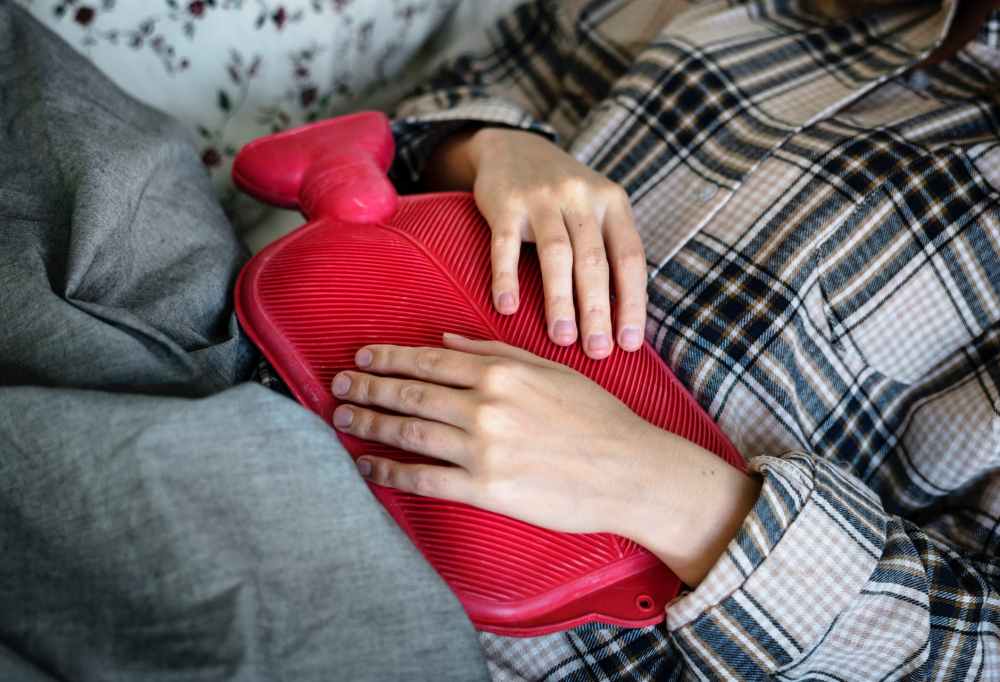This is a disorder in women in which tissues that normally lines the uterus called the endometrium grow outside the uterus on the ovaries, fallopian tubes, and the tissue lining the pelvis.
Sign and symptoms of endometriosis
- Painful periods: This severe pain may begin before and well into the period
- Abnormal periods: This may be heavy bleeding during periods, irregular periods, or spotting.
- Pain during sexual intercourse in the back, lower abdomen, pelvis, rectum, or vagina
- Adhesions i.e. tissues binding the pelvic organ together
- Pain with bowel movement or urination
- Infertility
- Fatigue and tenderness
- The severity of the symptoms doesn’t indicate the degree or stage of the condition. Some may have a mild form of the disease and experience agonizing pain while some people may have a severe form and experience little or no symptoms.

Diagnosis of endometriosis
The symptoms of endometriosis can be similar to symptoms of other conditions like ovarian cysts and pelvic inflammatory disease. Your doctor will do one or more of the following.
- Take a detailed history of your symptoms and family history of endometriosis.
- Physical examination
- Your doctor may use a transvaginal or abdominal ultrasound to produce images of your organs to identify cysts associated with endometriosis.
- Laparoscopy: A minor surgery is done to view the lesions and remove them at the same time.
Stages of endometriosis
There are four stages of this condition
Stage 1: Minimal
Small lesions, shallow endometrial implants on the ovary
Stage 2: Mild
Light lesions and shallow implants on the ovary and pelvic lining.
Stage 3: Moderate
Deep implants on the ovary and pelvic lining.
Stage 4: Severe
Deep implants on the pelvic lining and ovaries. Lesions on the Fallopian tubes and the bowel
Treatment of endometriosis
Endometriosis has no cure but its symptoms can be managed. Treatment options include:
Pain medication
Hormonal therapy
This helps to reduce pain, regulate the hormonal changes that promote tissue growth occurring during endometriosis. These hormonal treatments include:
- Hormonal contraceptives like birth control pills, patches, and vaginal rings can reduce or eliminate pain in severe endometriosis. They work by preventing the monthly build-up of the endometrial tissue.
- Gonadotropin-Releasing Hormone(GnRH) agonists and antagonists – These block production of estrogen which is responsible for the development of female sexual characteristics. Blocking estrogen prevents menstruation and leads to artificial menopause.
Conservative Surgery
This is done to remove abnormal endometrial growths without damaging the reproductive organs.
Hysterectomy
This is a rather radical treatment and you should seek a second opinion before agreeing to this especially if you want to have children.
Do you suspect your symptoms may indicate endometriosis? Consult your doctor as soon as possible for proper diagnosis and management.
Endometriosis: Symptoms, treatment, diagnosis. (n.d.).
obgyn.ucla.edu/endometriosis
Facts about endometriosis. (n.d.).
endometriosis.org/resources/articles/facts-about-endometriosis/
Endometriosis. (2019).
womenshealth.gov/a-z-topics/endometriosis





